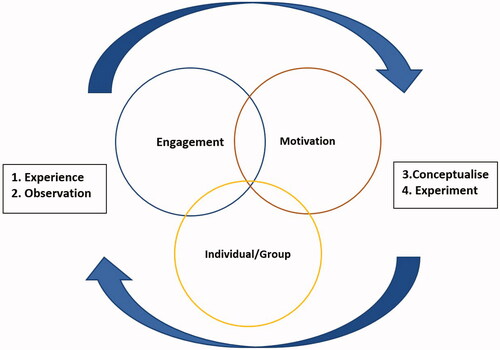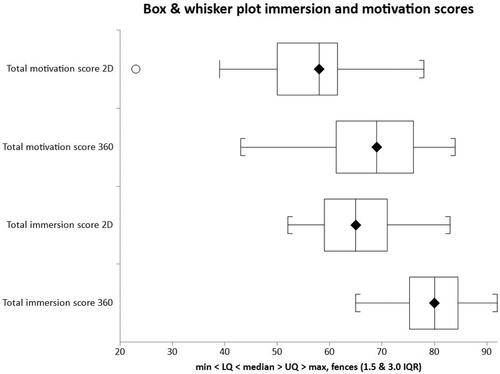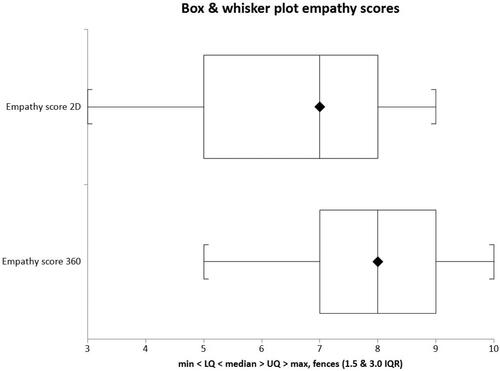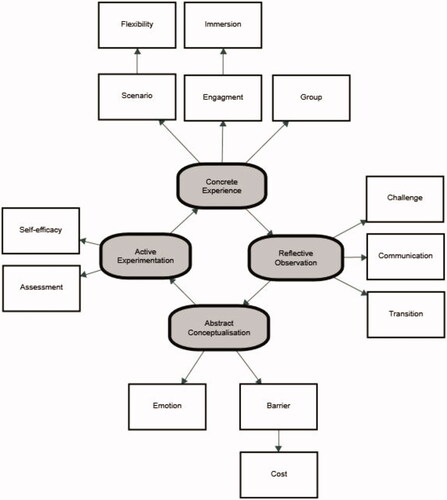Figures & data
Figure 1. Kolb’s model of experiential learning was adapted by Stocker et al. (Citation2014).
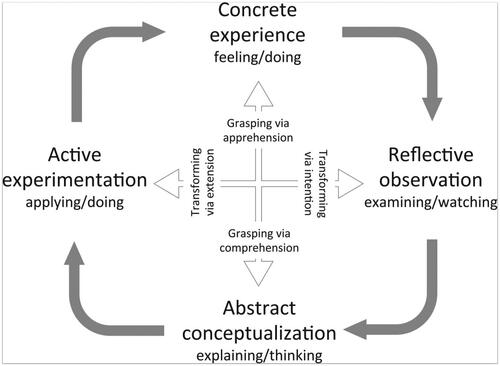
Table 1. Demographic distribution of participants by HCP background.
Figure 2. Study protocol overview. Key AIEQ = adapted immersive experience questionnaire, AIMI = abridged intrinsic motivation inventory, MCQ = multiple choice question.
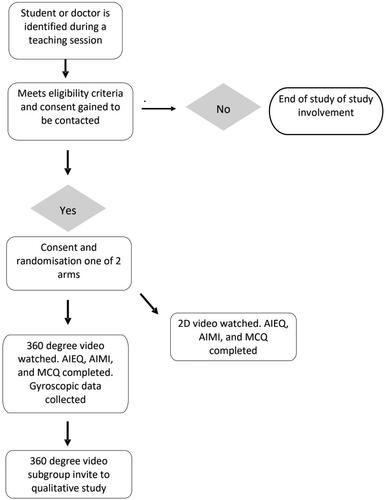
Figure 3. Stitched 360 still of room with GP in centre and patient on the couch. Posters to test knowledge seen above the GP to right and above the patient.
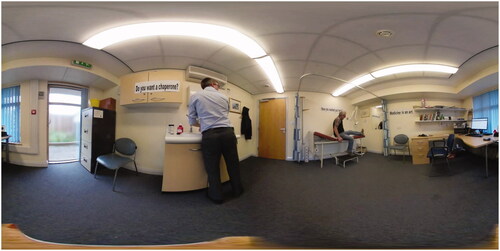
Figure 7. Visual representation of i-GEM (individual-group, engagement, and motivation) model of learning in TEL simulation.
